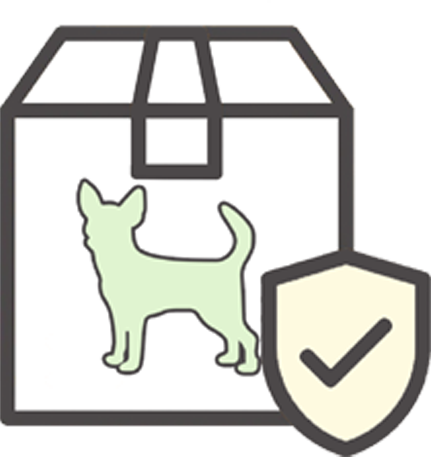A Quick Guide to Different Dog Training Approaches
Updated On: Friday, November 15, 2024 11:33:10 AM America/Los_Angeles
Having a furry BFF can be one of life’s best perks. Training your furry friend, however, is a lot less exciting. Finding the right training approach can make a big difference in how easily and quickly dogs learn. With a number of options available to dog pawrents and trainers, it can be hard to know which method makes the most sense for you and your pup. Whether you opt for clicker training or go the paw-sitive reinforcement route, each method has pros and cons to consider. Check out this guide to different types of dog training below.
Photo by Reed Shepherd
Positive Reinforcement
Positive reinforcement is the most popular method currently used by pet pawrents and trainers. This approach is known to be the most dog-friendly and has the science to back it up. Rather than punishing “bad” behavior, positive reinforcement rewards appropriate behavior with praise and treats. Though positive reinforcement may not have the immediate results of some other training methods, it does have long-lasting results. The method actually facilitates the way that canines naturally process information, and dogs begin to think about how they should respond to a variety of situations rather than just learning to avoid negative consequences. Plus, this paw-sitive experience becomes a bonding (rather than a stressful and distancing) experience!
Clicker Training
Clicker training relies on the use of a device with a button that makes a sharp clicking noise when pressed. Many use clicker training and positive reinforcement together. The upside of clicker training is that it sends a clear signal to your fur baby that they’ve behaved appropriately if followed up with treats. Unfortunately, this method isn’t best suited for long-term training. It can be distracting, as dogs may learn to focus on receiving the treat than learning a behavior. Clicker training can be helpful for simple commands such as “sit,” but it may not be appropriate for more complex behaviors such as potty training.
Discipline-based Training
Unlike the previous two methods, discipline-based training focuses on reprimanding inappropriate behaviors rather than praising positive behaviors. Experts now understand that punishing dogs can often have the opposite effect. Rather than encouraging obedience, it may cause dogs to act out of fear or anxiety. Our canine companions are less likely to comply if they begin to associate a set of behaviors with negative consequences such as punishment.
Rather than dishing out the punishment, methods that cater to a dog’s natural instincts will lead to positive, long-lasting results. In addition to positive reinforcement, using a real grass pee pad like DoggieLawn helps pups learn more quickly by using materials that dogs are naturally drawn to! Subscribe today to jumpstart the training process!

